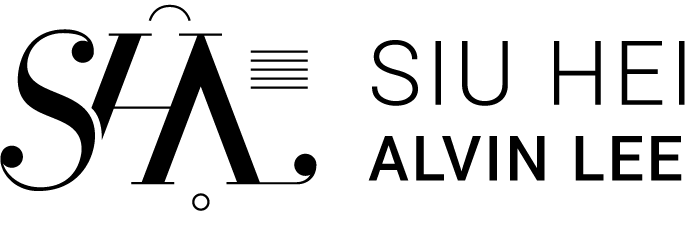snippet view:
my "intro to western music" course
Organized by genre, this course develops generic expectations for students when they enter a venue of Western Classical Music. It also develops students’ skills in listening for emotions, forms, instruments, textures, and other elements in music.
Beyond the Western Masterpieces, I also discuss music by women and minorities in every lecture. They have been systematically eliminated from many music history courses, and my course is a small step in reinstating their social and musical importance in history.
Image credit to the research of Ariel Svarch of Emory University and Emory's Stuart A. Rose Manuscript, Archives, & Rare Books Library.
oratorios: handel x undine smith moore
Is oratorio the genre of music that is relevant to us only once a year, namely during Christmas when your neighborhood church sings "For unto us a son is born" (from Handel's oratorio Messiah (1741))?
In my course, I start with the basic elements of an oratorio - the instruments used, the text used, the structure of movements, and how the oratorio is similar or different from a cantata and an opera. Then we dissect musical techniques that the composer uses not only to highlight specific texts, but to offer viewpoints beyond the text.
The take-away is that the oratorio is a still a relevant genre today - anyone who is interested in the history of the United States, the Civil Rights Movement, or Black History will be drawn to Moore's Scenes from the Life of a Martyr, an oratorio reflecting on the life of Martin Luther King. Whether it is Haydn's Creation (1797-8) or Moore's Scenes, oratorios give us clues about the religious and social views of the communities in which these music were composed and performed.
piano concertos: mozart x lei liang
Piano concertos, in my opinion, is one of the most listener-friendly genres - how can we say no to the grand and flashy Tchaikovsky no. 1, or the poetic romanticism of Rach 2?
In my course, we explore formal and technical innovations of concertos (for piano and for other instruments) from J. S. Bach to the present. We appreciate virtuosity in terms of speed, power on the one hand, and slow expressivity on the other.
But is it all just about the music itself? No. Concertos can be about human emotions and struggles, and historical tragedies. On the latter point, a notable example is Lei Liang's Tremors of a Memory Chord (2011). With this piano concerto, Liang on one hand reflects on the Chinese Cultural Revolution (1966-76), and on the other hand challenges the limits of Western Classical Music by using a grand Chinese orchestra to perform a Western Classical genre.
Performers are as important as the composers and the genres. I introduce students to a number of pianists who specialize in different style periods or composers. My favorite line in lecture is this:
Mitsuko Uchida plays Mozart, just like Steph Curry shoots the three ball.
Got it? They're both darn good.
Image credit to MozartPortraits.com
Image cropped from YouTube
operas: cecilia bartoli x Juan Diego Flórez x kaija saariaho
And singers! How can we not be amazed by Bartoli singing Vivaldi's "agitata da due venti"? How about the sweet and lively voice of the up-and-coming vocalist Florez? But let us be sure that we do not treat great singing as people making difficult sounds with an illegible language. Rather, opera singers showcase themselves by telling stories.
In my course, we study the effects of music on the libretto (the operatic text). Applying the analytical tools we learned in the oratorio lecture, we ask similar questions: how does music highlight the text? What extra elements does the music offer beyond the text?
Opera stems from Renaissance humanism, and is about humans and their social conditions. Operas of the second half of the 20th century onward arguably connect to us most closely, and they sparkle rigorous debates and intense emotions. In my course, I lead discussions on often difficult topics: rape and American culture through Carlisle Floyd's Susannah (1955), racial relations through John Adams's The Death of Klinghoffer (1991), and war, love, and everything in between through Kaija Saariaho's L'amour de loin (Love from Afar, 2000).
Guest artists in lecture
In Fall 2016, I performed music with three musicians, and interviewed one composer in class.
They are award-winning coloratura soprano Kirsten Ashley Wiest, mezzo-soprano Wen Lin Neo, cellist Melissa Chu, and composer Qingqing Wang.
Other genres and topics of this course include:
Gregorian chants, motets, cantatas, masses, chamber music, keyboard music, art songs, symphonies,
style periods of Western Classical Music, race and Western Classical Music, and the modern symphony orchestra scene
I taught this course in the fall quarter of 2016 in UC San Diego, and I look forward to opportunities to teach this course again.




